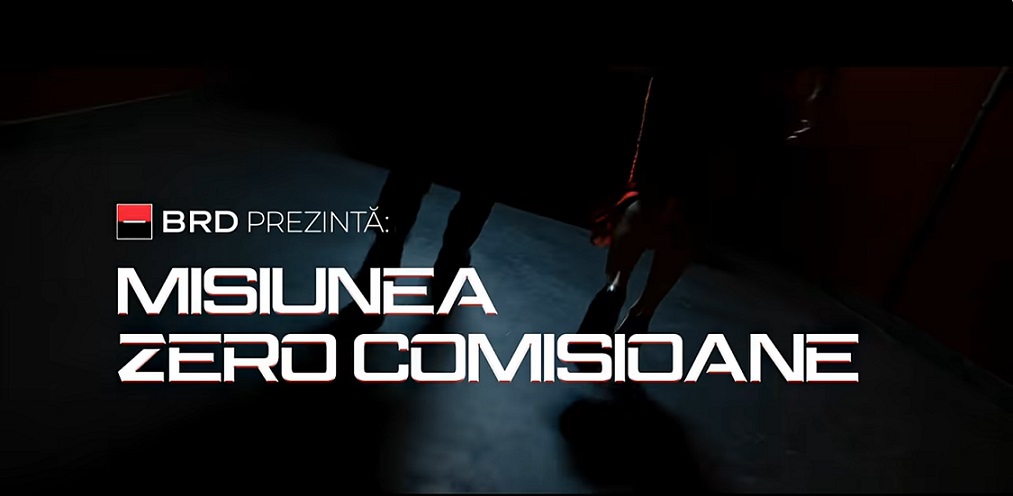Report: cybercrime & data breaches to cost businesses $8 trilion over the next 5 years

Cybersecurity spend to increase just 8% per annum compared to 30% in cybercrime costs.
A new report by Juniper Research has found that while spend on cybersecurity is increasing, it is not keeping pace with threats posed by data breaches.
The new research, The Future of Cybercrime & Security: Enterprise Threats & Mitigation 2017-2022, forecasts that global cybersecurity spend will reach nearly $135 billion in 2022, up from an estimated $93 billion this year. However, over the next five years, data breaches will have cost business a cumulative total of $8 trillion in fines, lost business and remediation costs.
The research also found that businesses are now faced with a plethora of different cybersecurity solutions to choose from. Many of which don’t integrate well with each other and require a high level of expertise and manpower to manage.
„This means that threats can be missed, and small businesses, which are more likely to be targeted by cybercriminals, are the least able to effectively manage their security.”, according to the press release.
The Promise of AI for Cybersecurity
To deal with this increasing complexity, several cybersecurity firms, like Cylance, Darktrace, Fortscale and Patternex are using machine learning to monitor network and program behaviours, detecting and eliminating many anomalies without involving a cybersecurity professional. This can address the capability gap that SMEs face when considering cybersecurity.
Juniper Research expects MSSPs (Managed Security Service Providers) to leverage AI (Artificial Intelligence) to provide more affordable services to these businesses, making the best of tight security budgets, and providing a mechanism to make the industry consolidate.
“AI provides a solution for the cybersecurity market’s talent gap, performing similar roles to cybersecurity analysts,” remarked research author James Moar. “However, in order to succeed these new approaches must also bring simplicity and interoperability to end users, in what is a very fragmented market.”
As more and more business infrastructure moves online, so do those wishing to destroy or defraud that infrastructure. Cybercrime is a growing threat to corporations and consumers, who are increasingly using online methods to run their businesses and lives. With the advent of mobile computing and an expected 46 trillion connected devices in use by 2021, this will become more and more common.
The research, „The Future of Cybercrime & Security: Enterprise Threats & Mitigation 2017-2022”, presents the latest observable trends in cybercrime, as well as indicating the potential global cost of malicious software use. It will discuss specific threats to financial and device-based businesses, as well as providing analyses of the current and future trends in cybercriminal activity, alongside general advice on how to prevent and/or minimise the impact of cybercrime.
The whitepaper, Cybercrime & the Internet of Threats 2017, is available to download from the Juniper Research website together with further details of the new research.
Dariusz Mazurkiewicz – CEO at BLIK Polish Payment Standard
Banking 4.0 – „how was the experience for you”
„To be honest I think that Sinaia, your conference, is much better then Davos.”
Many more interesting quotes in the video below:









